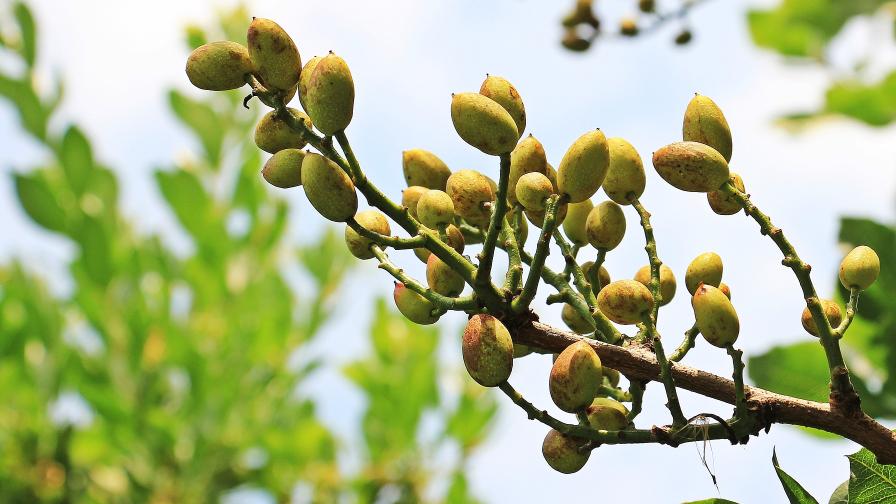Spring Means Monitoring And Control Of Leaffooted Bugs In Almonds
Spring is a critical time to monitor and control overwintering leaffooted bugs that are moving into and feeding on developing almond nuts, resulting in crop losses from fruit drop.
This is particularly important in more susceptible almond varieties such as Fritz and Aldrich, and when the orchard has a history of leaffooted bug infestations, according to the Almond Board of California. Adult leaffooted bugs overwinter in sheltered areas such as palm trees, junipers, pomegranates, citrus, olives, and other popular overwintering food sources. Growers should monitor orchards postbloom and treat as necessary with a good contact material to knock down adult leaffooted populations.
University of California-Berkeley Extension entomologist Kent Daane said the key to understanding the potential for leaffooted bug damage in 2014 is to look back at 2013. If overwintering sites had large leaffooted bug populations in the fall, it is likely the pest will crop up in neighboring almond orchards without the benefit of a winter cold snap to kill off those overwintering pests.
Cold temperatures and rainfall from December to February can reduce overwintering leaffooted bug populations. Still, where there is a history of the pest, growers from postbloom through April should monitor their orchards for presence of the pest and treat early to prevent fruit drop.
“Early control is absolutely vital to get those overwintering populations so that nuts don’t drop,” Daane said.
Source: Almond Board of California









